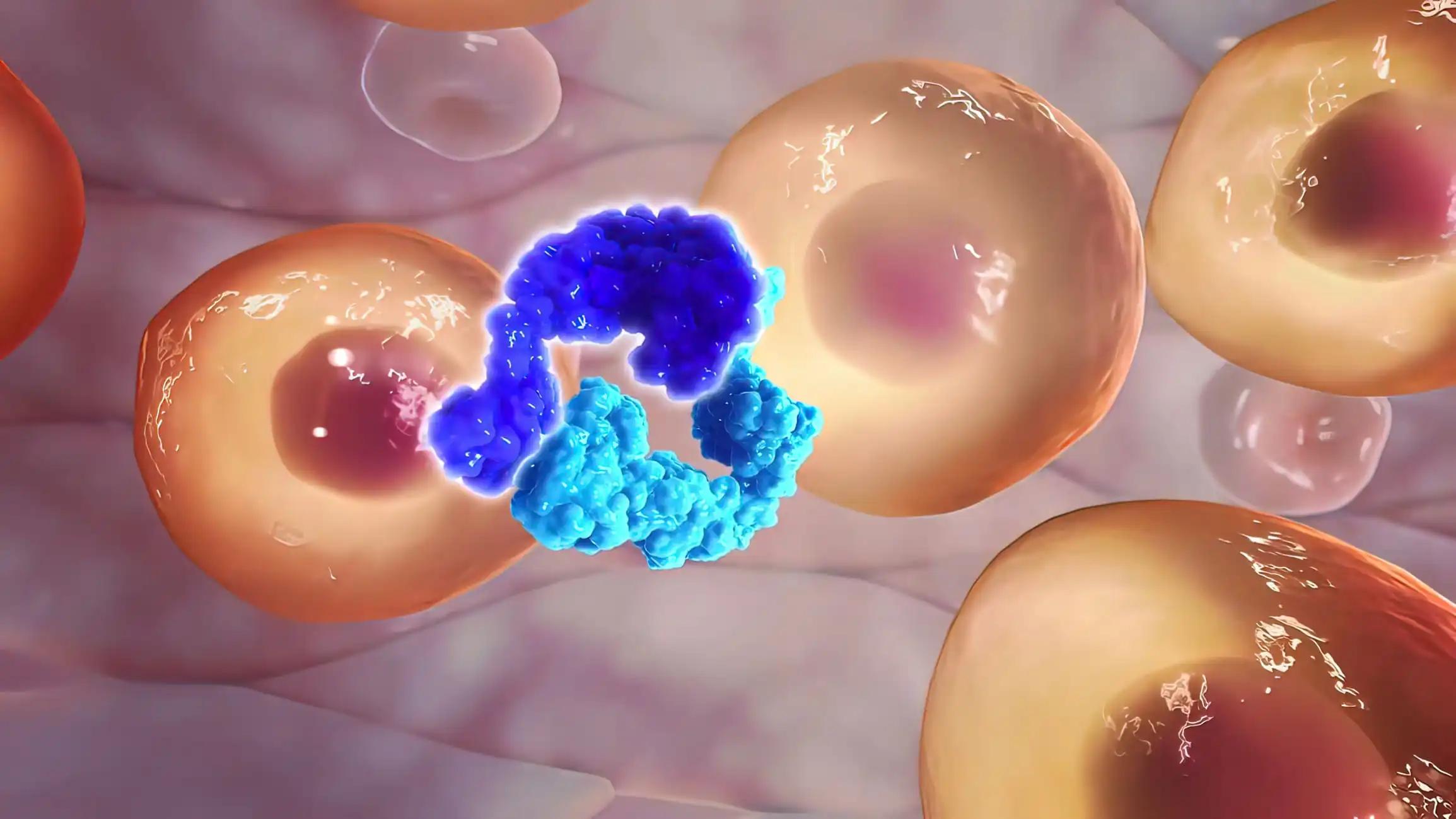KEY TAKEAWAYS
- The study aimed to investigate the prognostic and potential predictive value of quantitative PSMA-PET parameters in patients with PCA.
- Researchers noted that PSMA-TLU might offer better prognostic value than SUVmax; further investigation is ongoing.
PSMA-PET is becoming a key tool for patients with staging prostate cancer (PCA). However, the role of quantitative imaging parameters from positron emission tomography (PET) in predicting disease progression and informing prognosis in localized PCA remains uncertain.
Stephanie Bela Andela and the team aimed to assess the potential prognostic and predictive value of these quantitative PSMA-PET parameters in patients with localized PCA.
They performed an inclusive analysis of 86 consecutive patients with localized intermediate or high-risk PCA who underwent PSMA-PET prior to treatment. This monocenter retrospective study evaluated quantitative PET parameters, including maximum standardized uptake value (SUVmax), tumor asphericity (ASP), PSMA tumor volume (PSMA-TV), and PSMA total lesion uptake (PSMA-TLU = PSMA-TV × SUVmean), to determine their prognostic significance.
The patients were treated with either radiotherapy or surgery. Cox regression analyses were conducted to assess biochemical recurrence-free survival, overall survival (OS), local control, and loco-regional control (LRC).
About 67% of the patients had high-risk disease. In which 51 patients were treated with radiotherapy, and 35 underwent surgery. The analysis of metric PET parameters in the entire cohort revealed a significant association of PSMA-TV (P = 0.003), PSMA-TLU (P = 0.004), and ASP (P < 0.001) with OS. Upon binarization of PET parameters, several other parameters showed a significant association with clinical outcomes.
When analyzing high-risk patients according to the primary treatment approach, a previously published cut-off for SUVmax (8.6) showed a significant association with LRC in surgically treated patients (P = 0.048), but not in those primarily treated with radiotherapy (P = 0.34). Additionally, PSMA-TLU (P = 0.016) appeared to be a very promising biomarker for stratifying surgical patients.
The study concluded that the data confirm 1 previous publication on the prognostic impact of SUVmax in surgically treated patients with high-risk PCA. The exploratory analysis suggests that PSMA-TLU might be an even better prognostic marker.
However, the lack of association with primary irradiated patients indicates the need for prospective validation with a larger sample size to determine the predictive potential of these markers. Due to the retrospective nature of this research, no trial registration was carried out.
The study received an open access funding by Projekt DEAL.
Source: https://pubmed.ncbi.nlm.nih.gov/39080696/
Bela Andela S, Amthauer H, Furth C, et al. (2024). “Quantitative PSMA-PET parameters in localized prostate cancer: prognostic and potential predictive value.” Radiat Oncol. 2024 Jul 29;19(1):97. doi: 10.1186/s13014-024-02483-w. PMID: 39080696.



